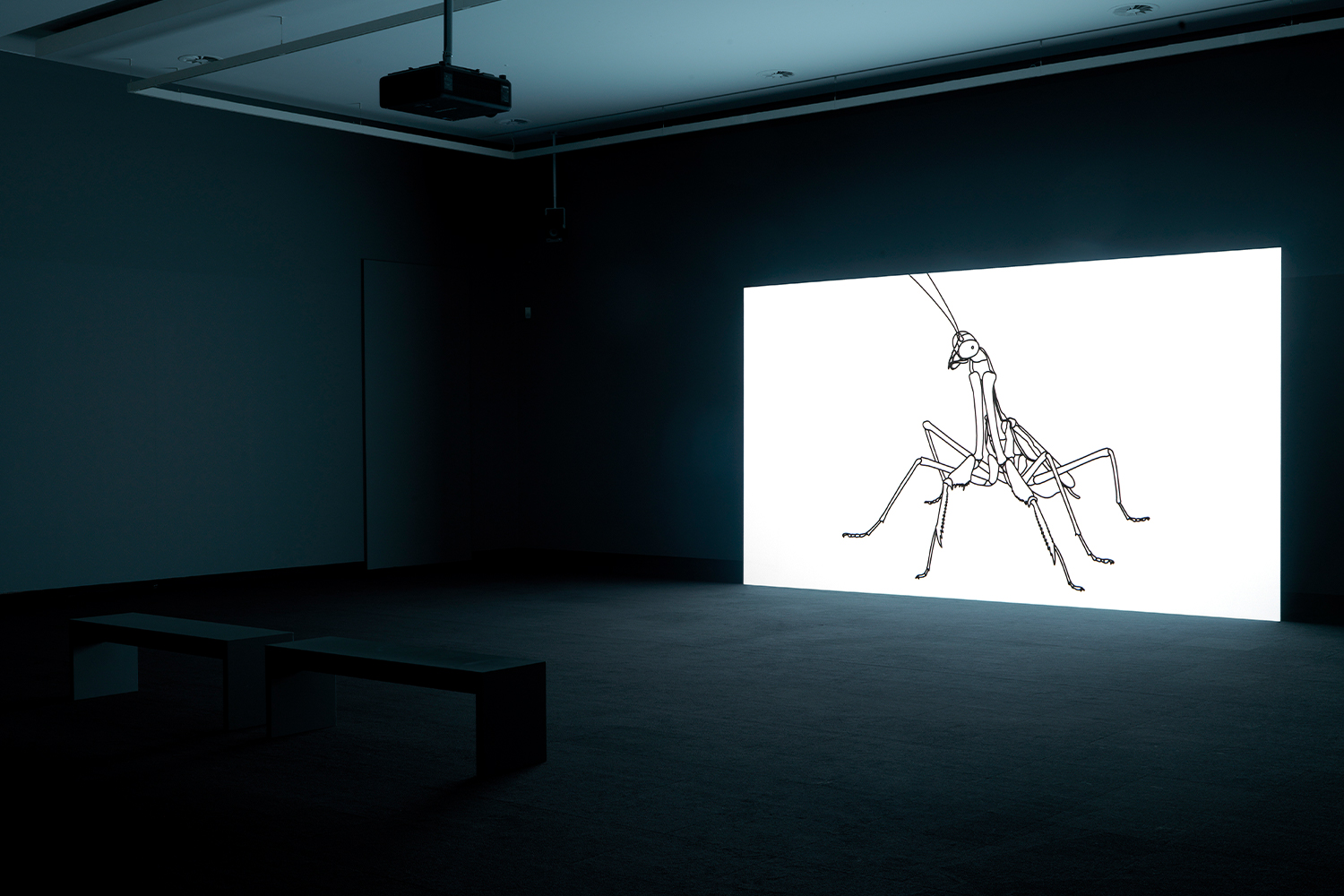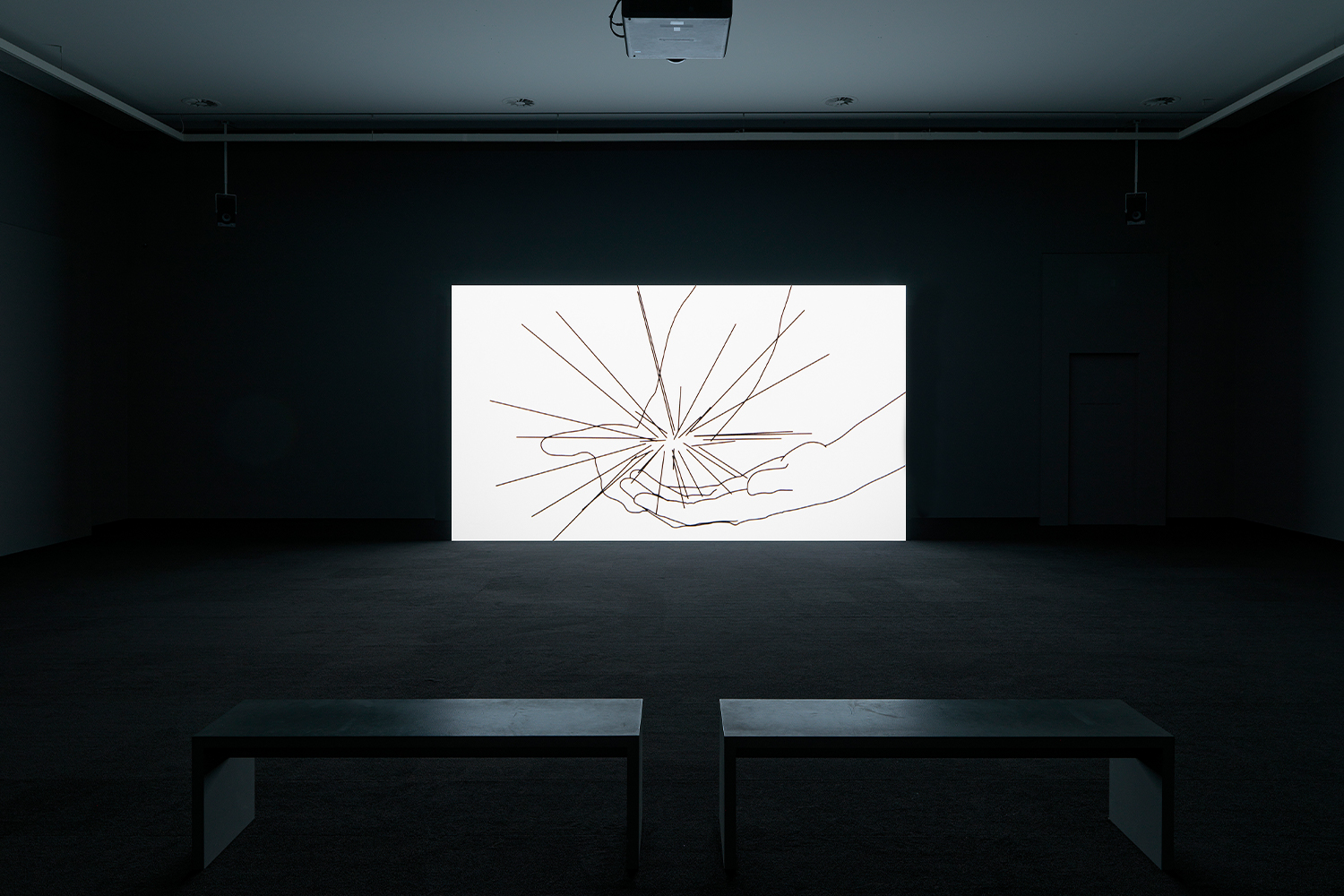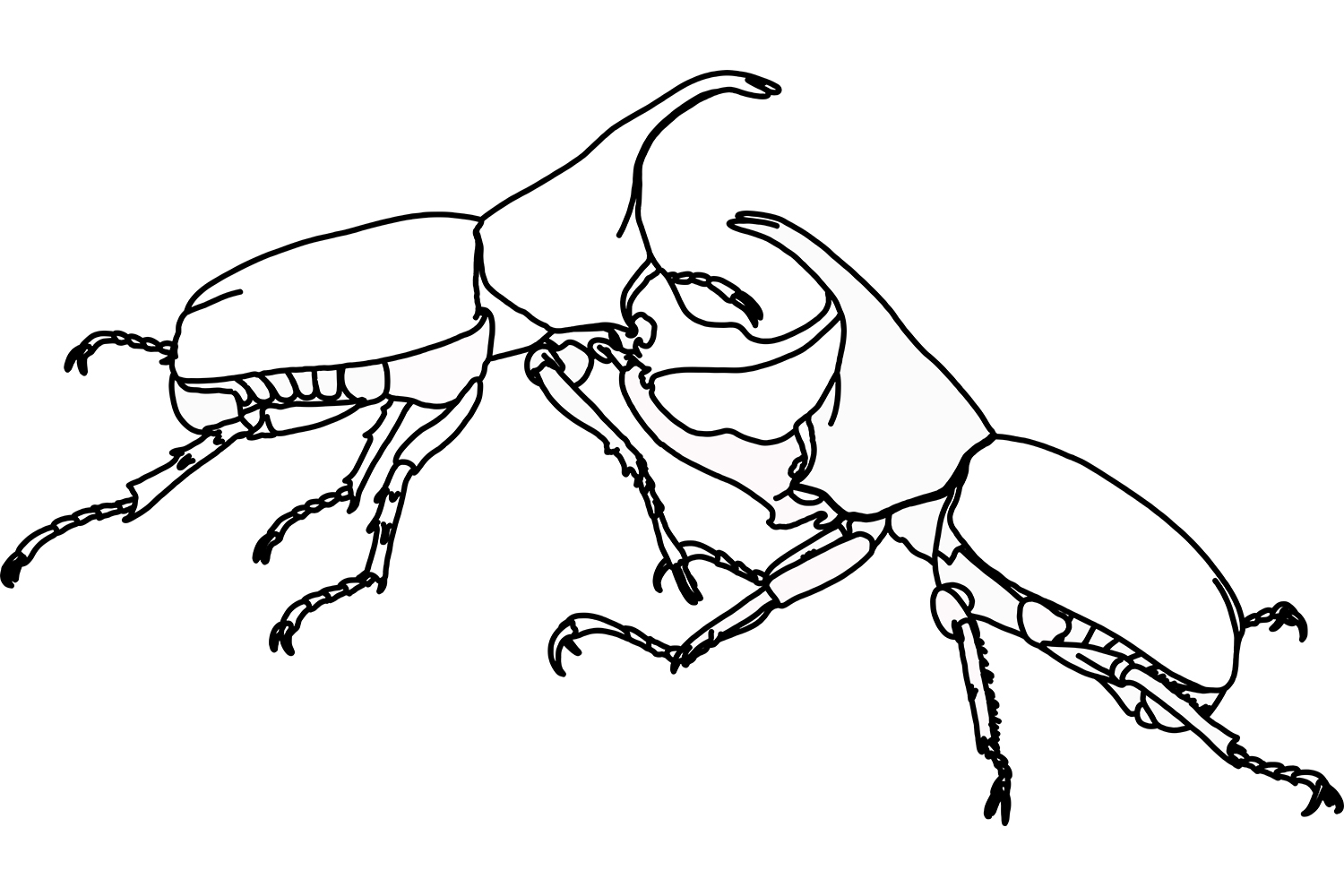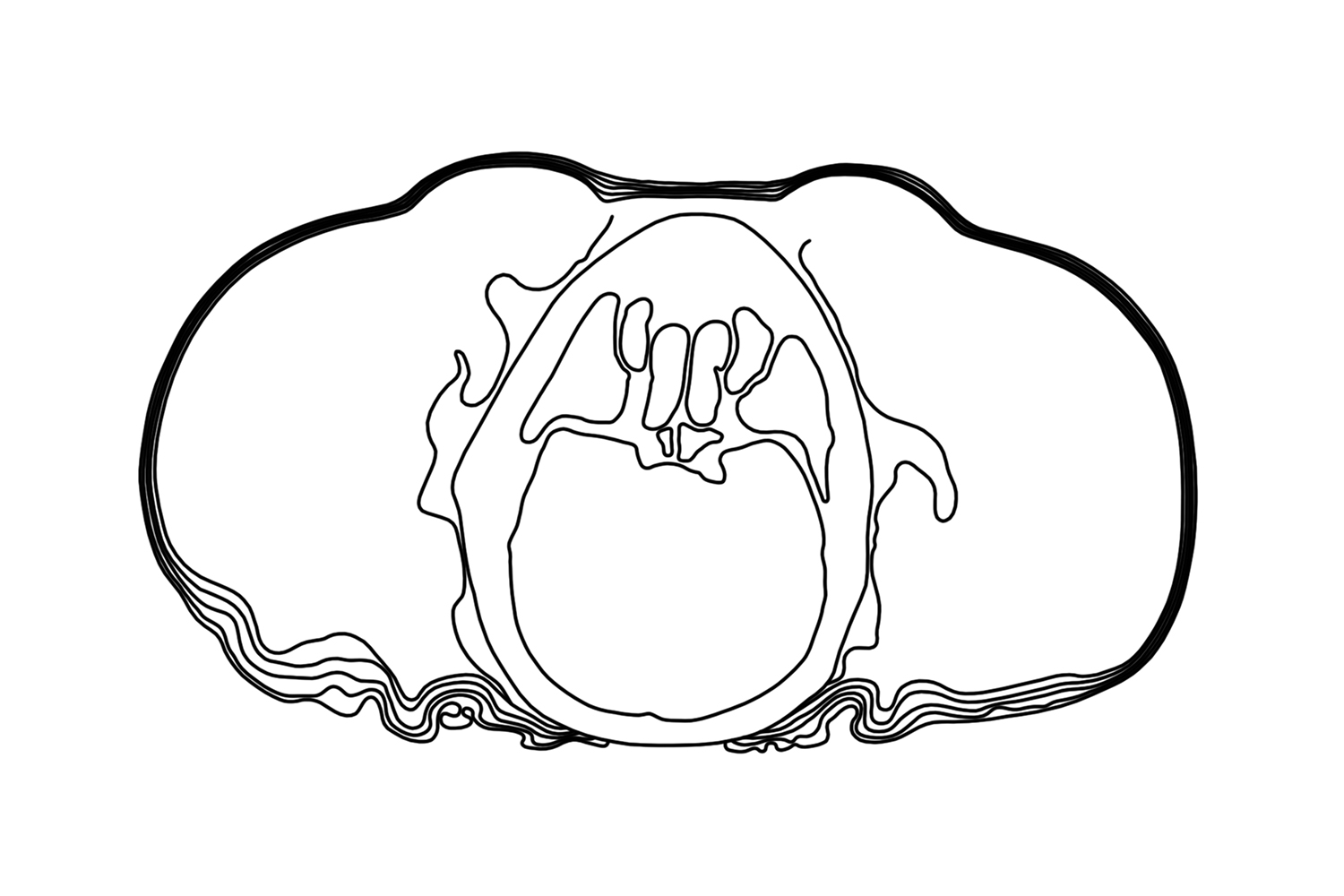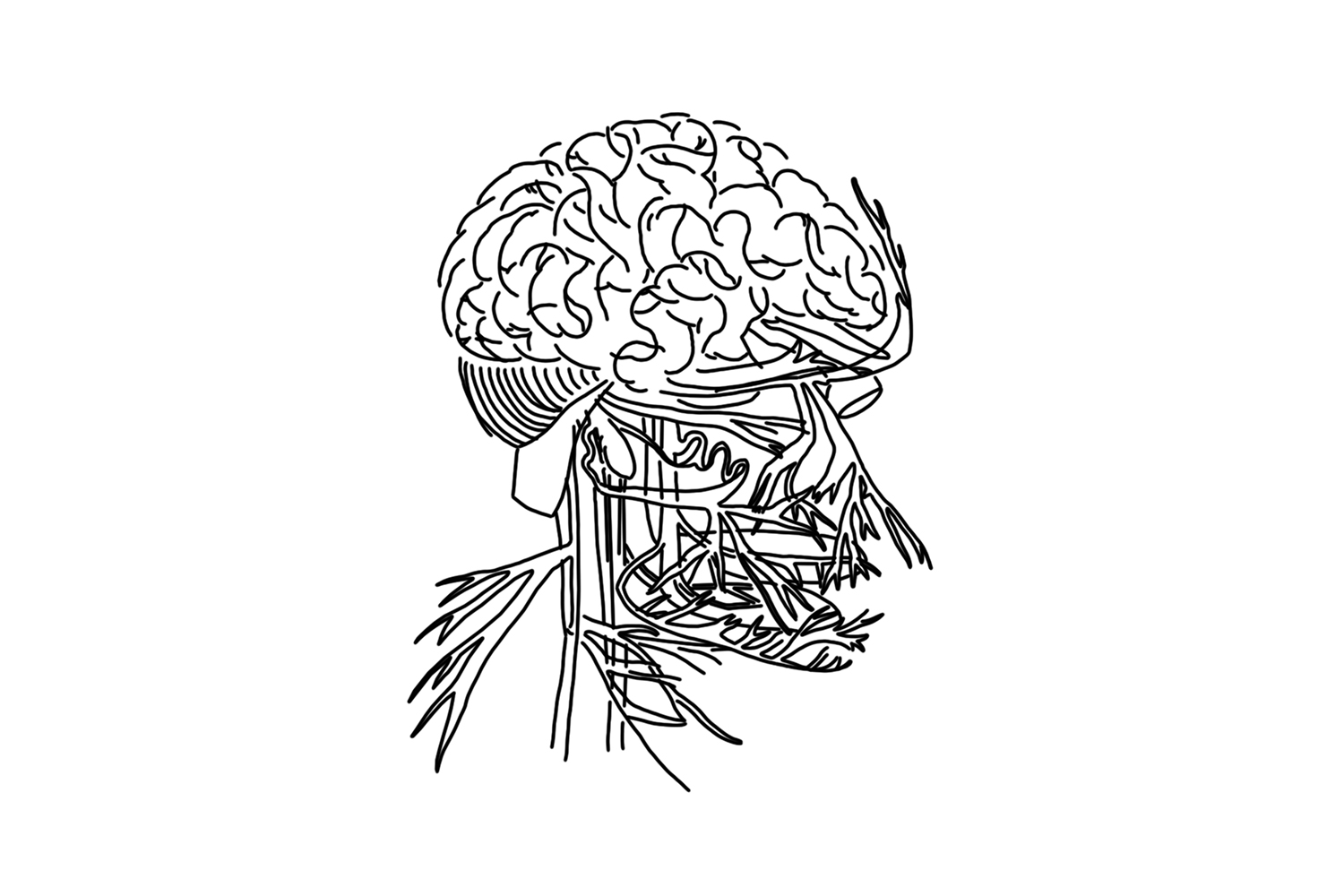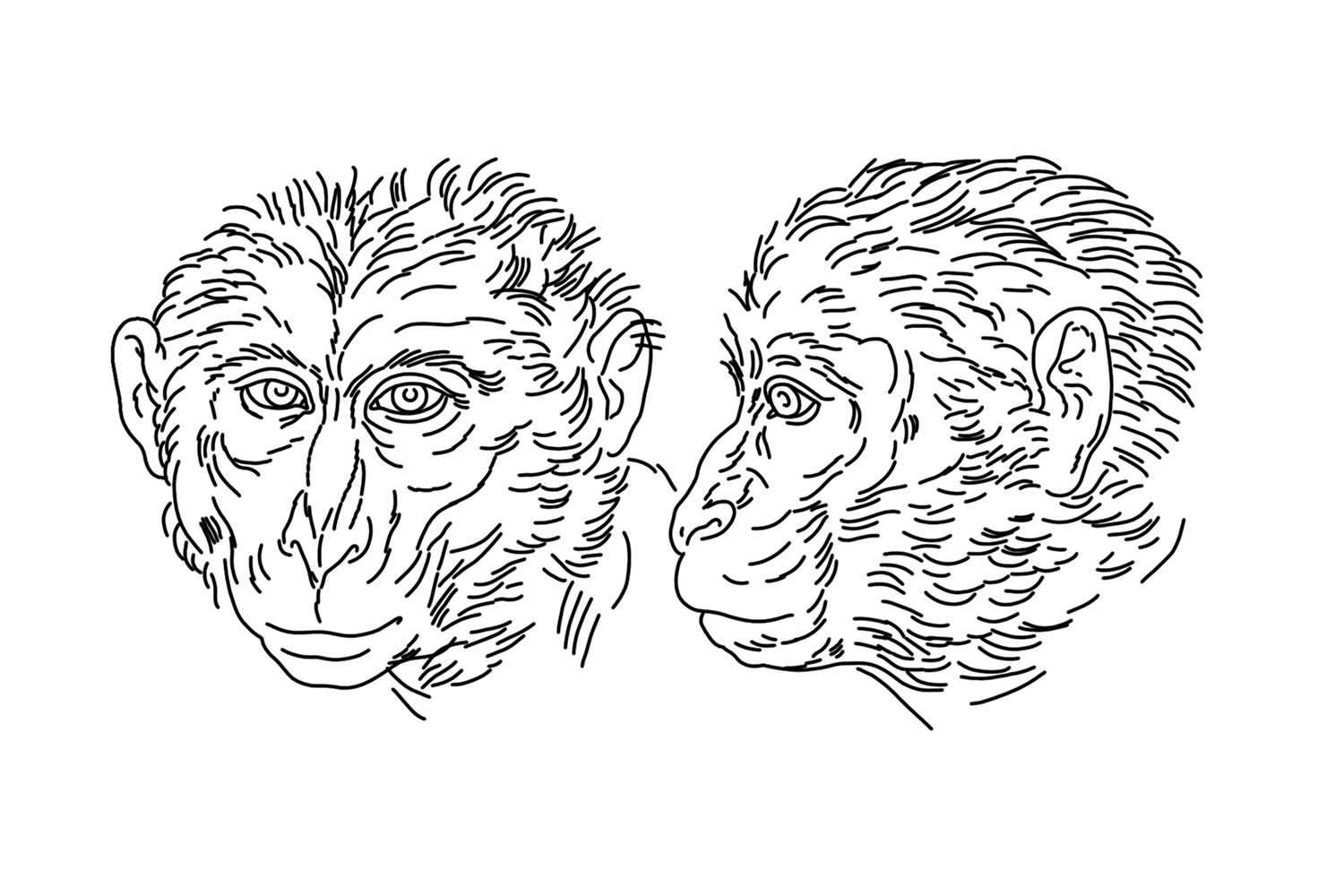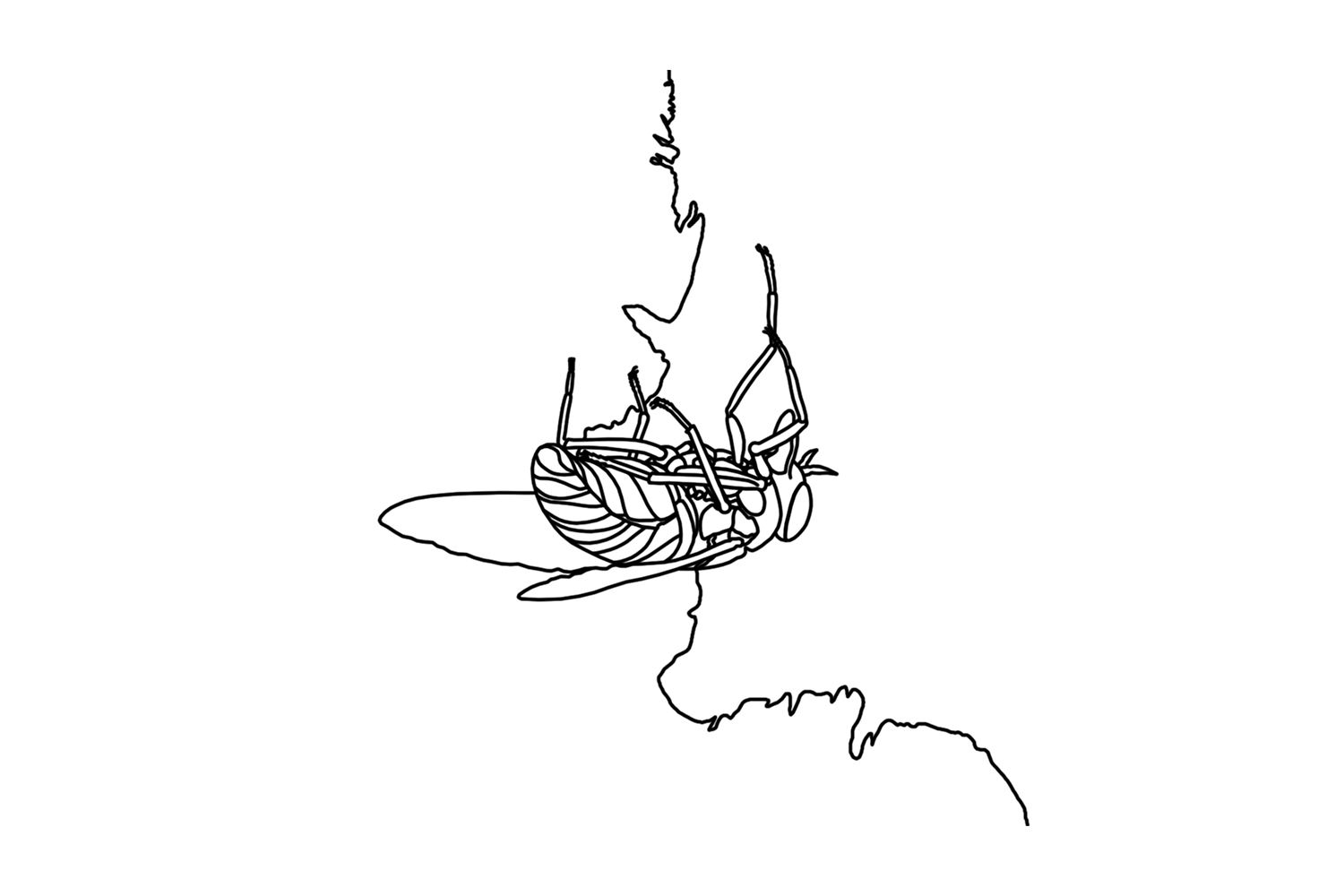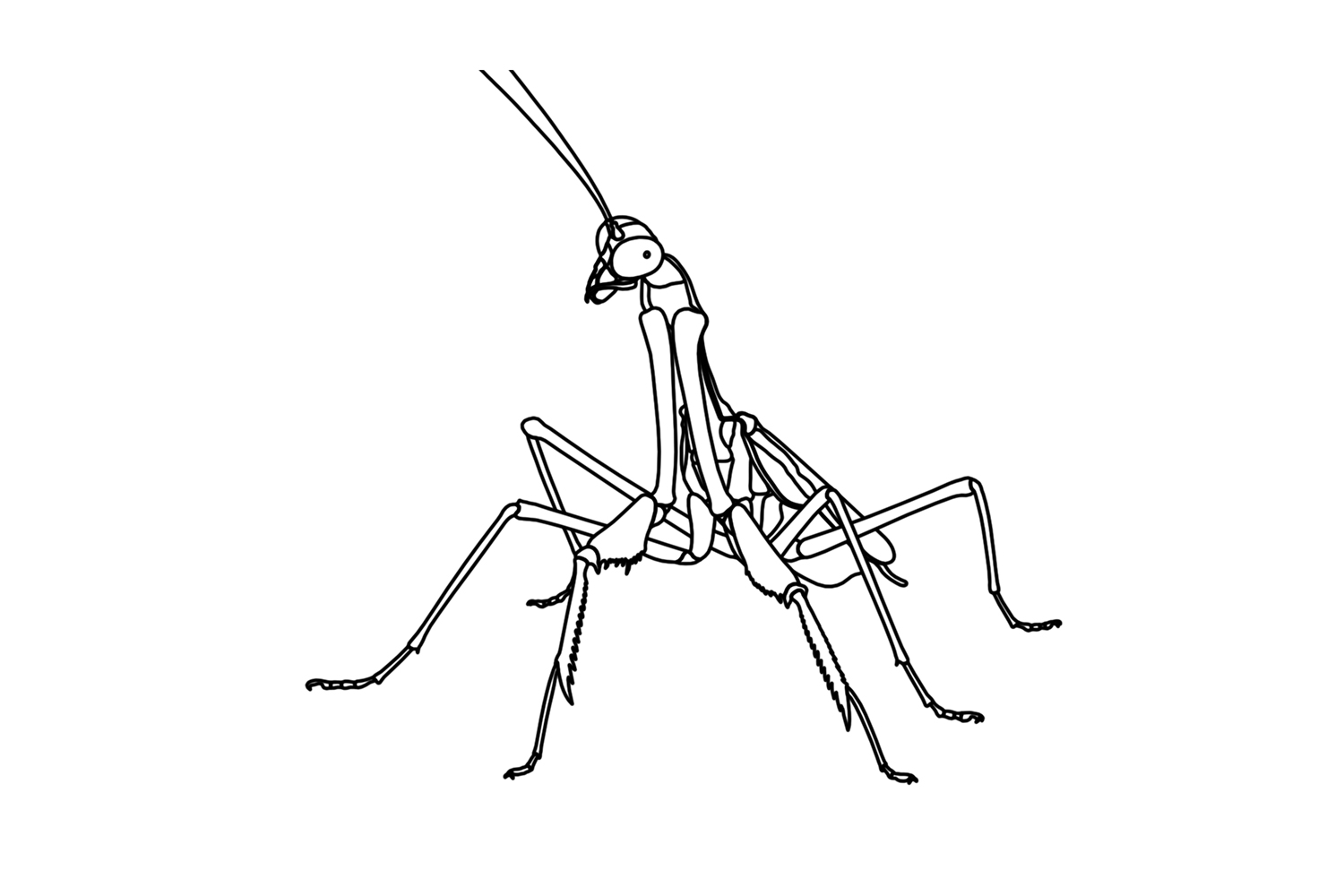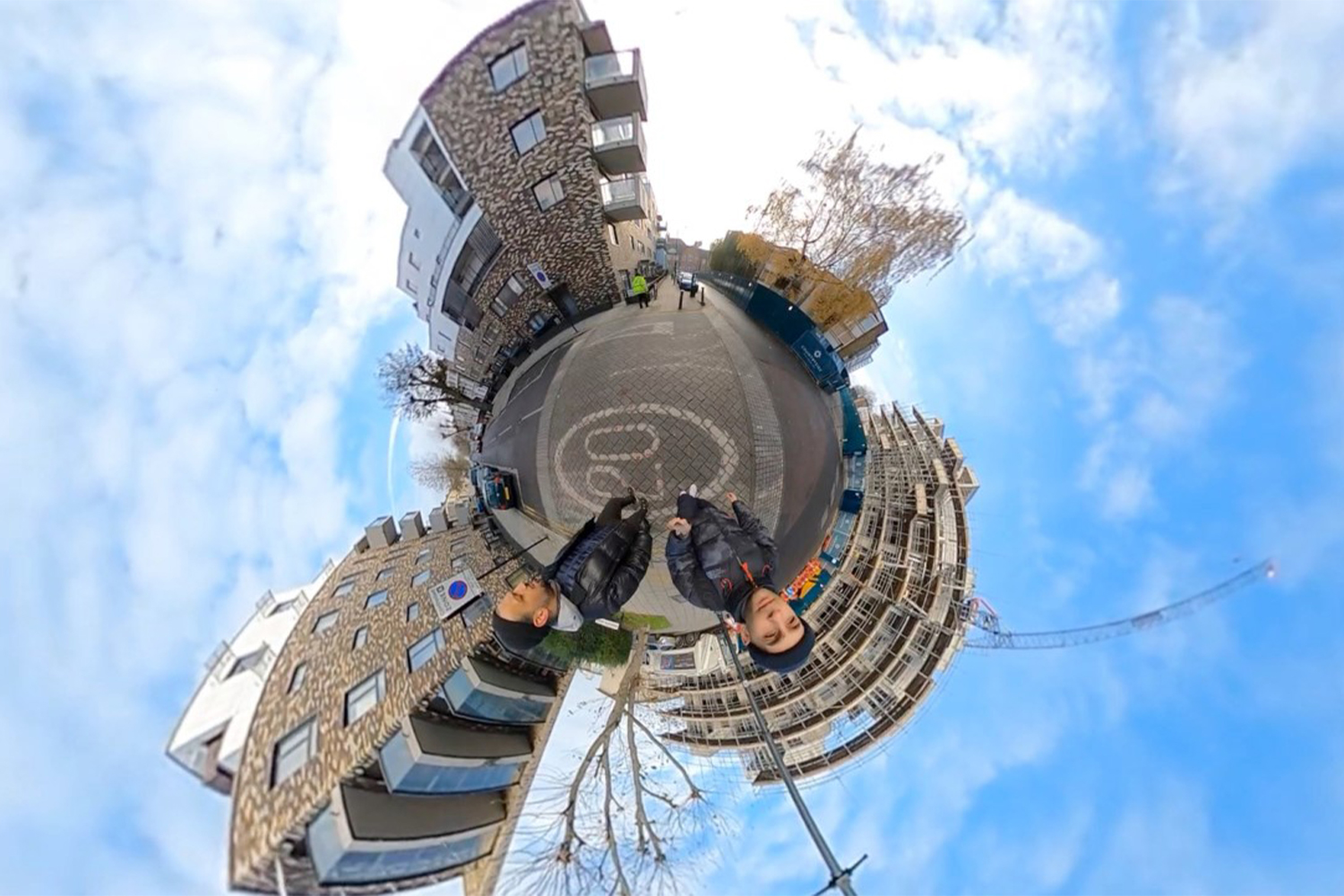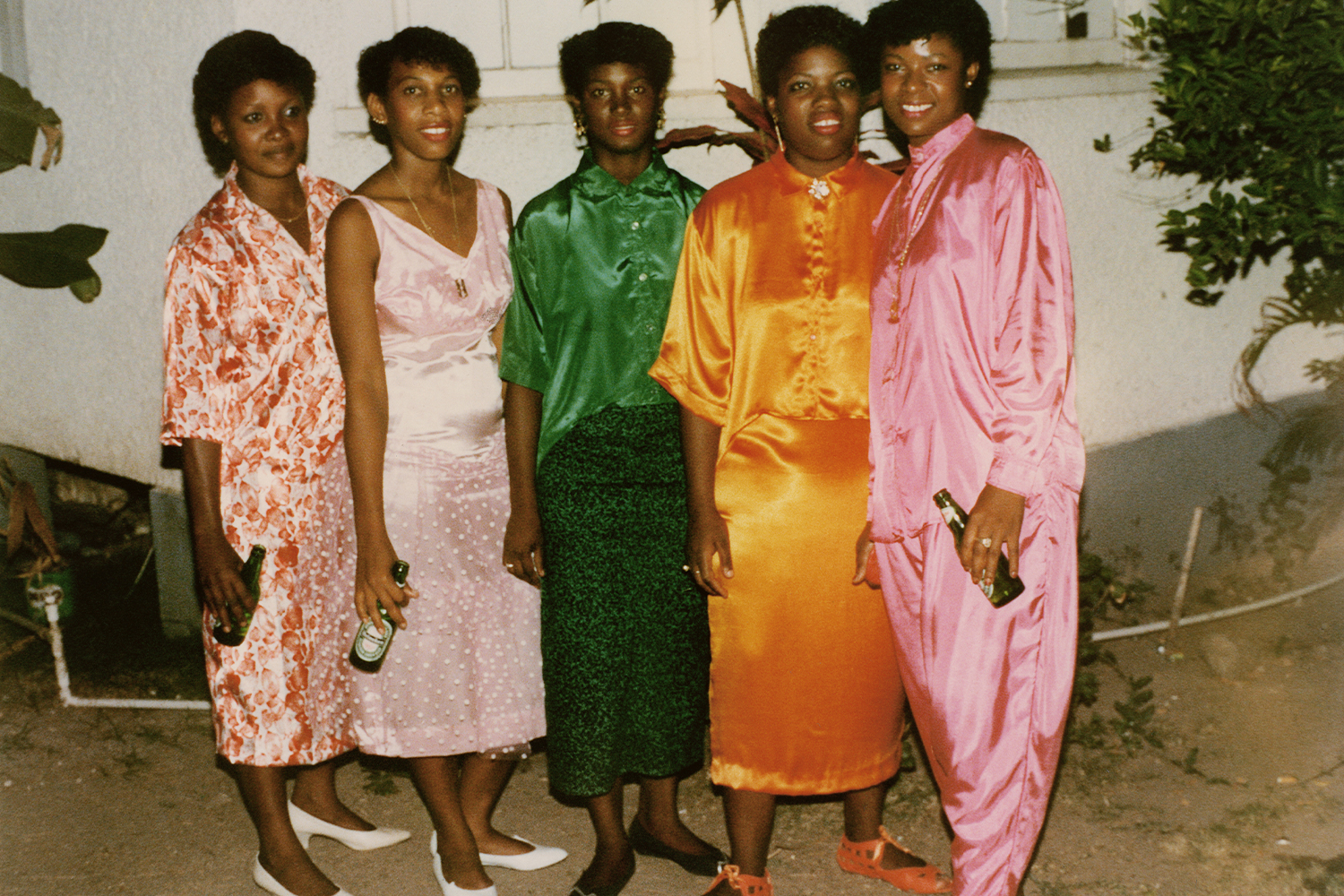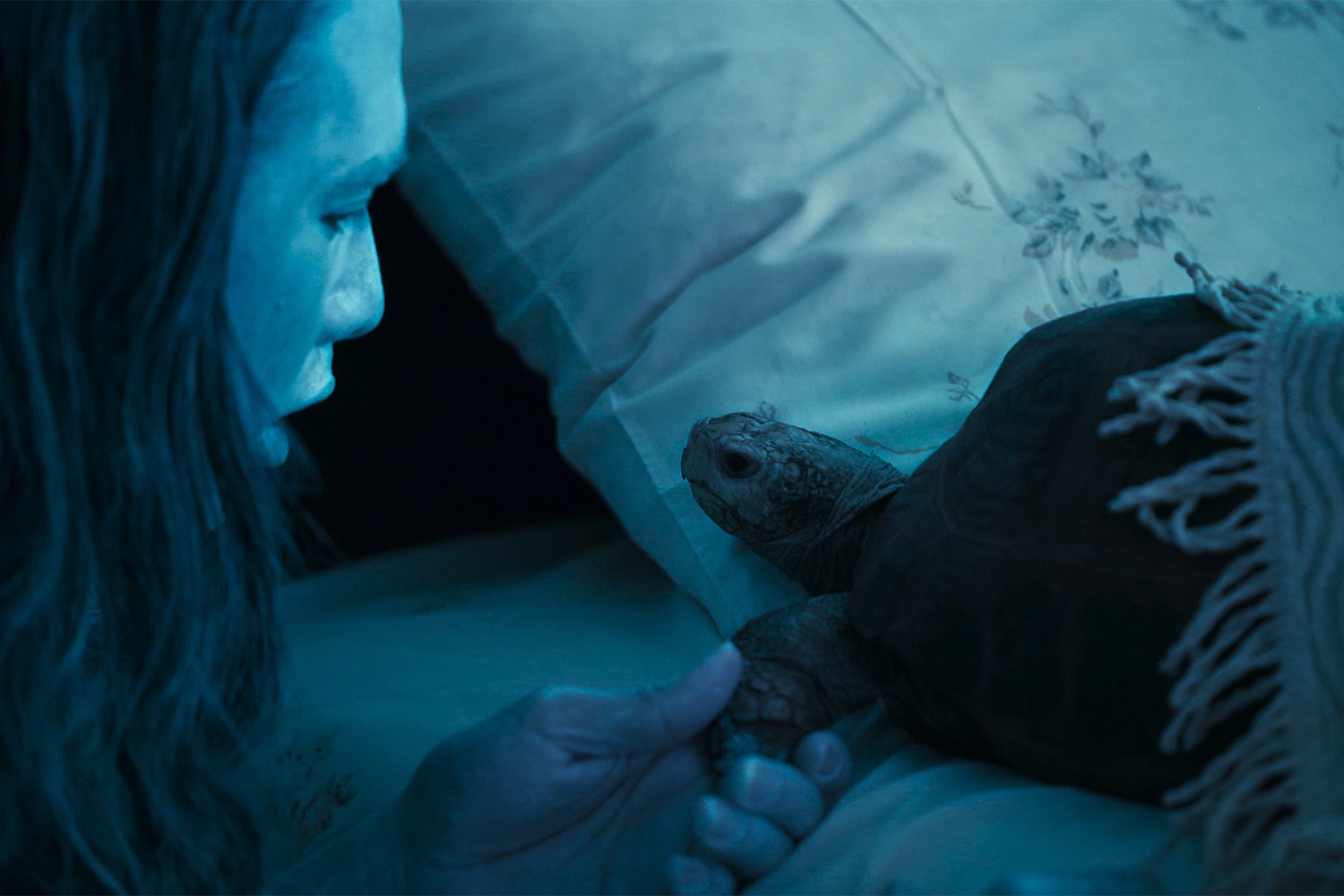On the occasion of a donation by the private collection and curatorial platform Modern Forms, London, the Stedelijk Museum, Amsterdam, is presenting Oliver Laric’s video work Betweenness (2018), the artist’s first solo show in the Netherlands.
Upon entering the dark, carpeted space, the viewer’s attention is immediately captured by the bright screen and the eerie soundtrack that pervades the room. Over the course of roughly four minutes, the video unfolds as an array of continuously moving black lines on a white ground. The contours of a monkey’s face transform into a hog’s head, fungi, insects, human figures, and so on. The rhythmically morphing shapes raise questions about the stability of form, whether organic or aesthetic. While a habitually geometric perception may tempt one to think of form as static — a fixed property that defines the boundaries of objects and organisms — Laric suggests otherwise. Betweenness depicts form as something constantly in flux, as an event in the process of becoming.
This suggestion can be read in the context of the artist’s ongoing investigation into the historical appropriation and manipulation of images, from Roman copies of Hellenistic marble sculptures to recycled animation scenes in Disney movies. By juxtaposing and modifying these adaptations in a series of video essays called Versions (2010), he questions notions of authorship, piracy, and originality, ultimately celebrating the copy as a significant form of artistic interpretation. Formally speaking, Betweenness more closely follows Untitled (2014–15), a video showing excerpted clips of metamorphosing animation characters against a white background. Although Betweenness also uses a mix of 3-D scans from life and found-footage renderings, its reductive animation style frees it from pop-cultural and art-historical references, letting an impulsive search for meaning make way for sensual immersion. A sense of drifting is supported by the melancholic, never-resolving score, composed by Finnish musician and producer Ville Haimala, who is part of the Berlin-based duo Amnesia Scanner.
Whereas in Untitled the figures are cast against a white ground, in Betweenness the white in between the lines still appears as textured, voluminous, or translucent, depending on the viewer’s imagination. Thus, the video functions as a kind of practical appropriation of what is theorized in Versions: “Five people interpret an action, and each interpretation is different because, in the telling and the retelling, the people reveal not the action but themselves.” Zooming in on beetles and ants moving at a strangely slowed down pace, commonly human perceptions of scale and time are put out of joint. Foregrounding insects and organisms implies that repetition is not only a cultural phenomenon but a fundamental characteristic of natural history. In a sense, the video itself can be read as an allegory of evolution — evolution understood not as a linear progression or competition at the level of species, but rather as an ongoing, open process of change and contingency, a multispecies meshwork of organic and inorganic material.
Akin to the simplicity of its presentation, Betweenness is beautiful and to the point. At the same time, the lack of external reference causes it to become somewhat self-referential and blurry in what it actually proposes. While moods and feelings are rarely as clear cut and defined as a critical argument, they are just as real. More importantly, they are constitutive to argumentation and crucial, especially, when trying to grasp more-than-human relations. The presentation of this work feels timely in terms of a certain ecological awakening in the art world. Still, as Laric’s first solo show in the Netherlands, it was a missed opportunity to exhibit more of the multimedia artist’s works that could have provided some context.



